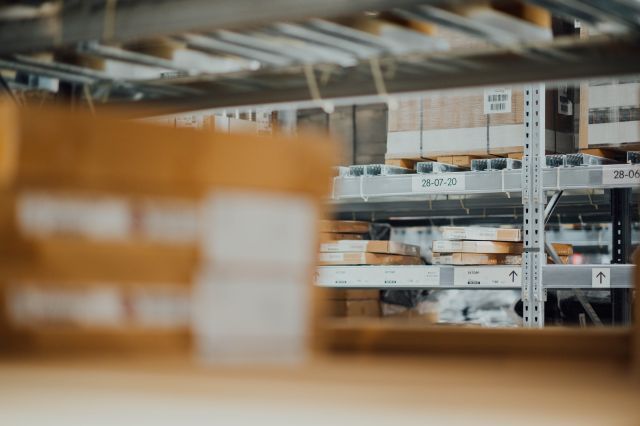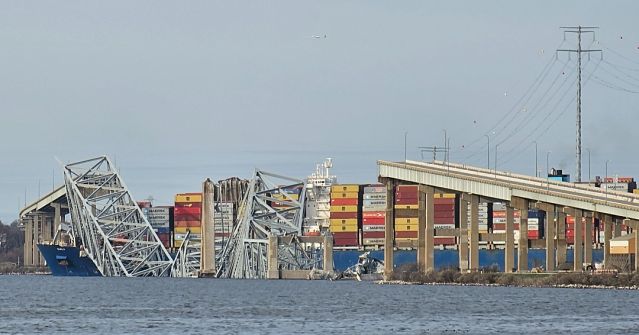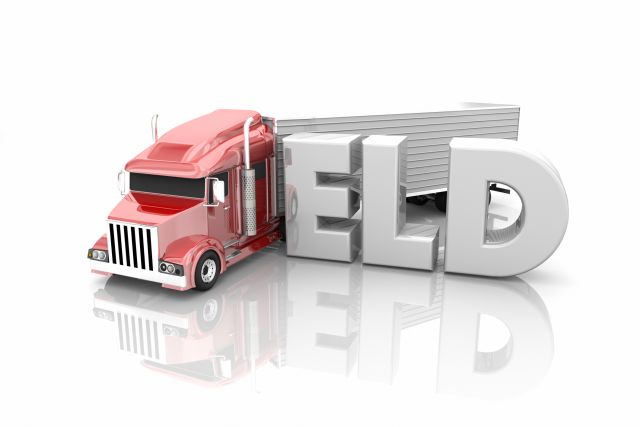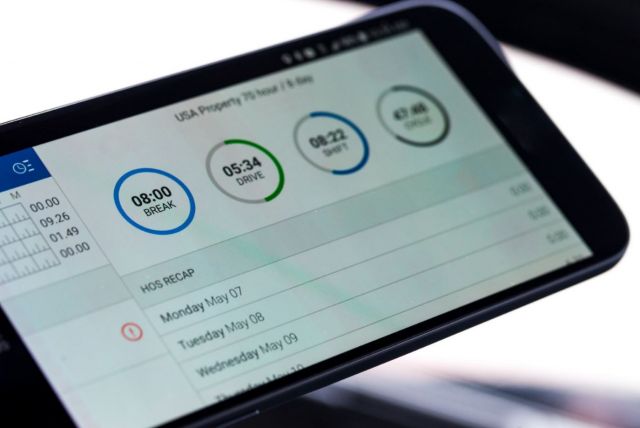Only a few years ago the idea of robots working in warehouses was the stuff of science fiction, but today it's a growing reality for the industry. For years the trucking and logistics industry has been fearful of automation, worried that robots would replace human workers. Now, robotic and human workers have begun to work side-by-side in what often appears to be an uneasy truce.
Robotic warehouses have been steadily growing, with Amazon leading the charge. These autonomous machines are means to take on the most mundane and physically strenuous tasks. In theory, this should mean that warehouses are more effective, stress-free, and safer. The reality is that human warehouse workers are reporting new forms of stress and strain from working in close quarters with robots.
Amazon is the leader when it comes to robotic warehouses. The company now has more than 200,000 robotic vehicles they call “drives” that move goods throughout their delivery-fulfillment centers around the U.S. That number is double what they had last year. Competitors, such as Shopify, Walmart, FedEx, and DHL, have taken notice, with many logistics companies now investing in automation in a race to speed up productivity and cut costs.
While fears of robots replacing human workers have not come to fruition, there is a growing concern that keeping pace with the latest AI is taking a toll on human workers' health and safety. It’s also severely impacting morale. Robotic powered warehouses are leading to human burnout by upping pressure on workers to speed up performances.
Worker safety and morale is a concern when it comes to automation. A recent report found that new warehouse technology contributes to wage stagnation, higher turnover, and poorer work experiences due to pressure to meet expected robot performance levels and the way AI monitors and micro-manages worker behaviors.
It’s not just mental health and morale that is being impacted by robotic workers. Physical safety is also taking a hit. A journalistic investigation found that Amazon’s robotic warehouses reported more injuries than those without.
These findings are alarming, but companies should not let the news hold them back from investing in automation and the latest technology. The trucking and logistics industry have been undergoing a technological revolution the past few years, and it cannot and should not slow down now if it wants to survive.
Logistics and shipping companies that plan on introducing robotic workers need to ensure that they are doing everything possible to protect their human workers. The future of logistics and warehousing can see humans and robots working together harmoniously.



